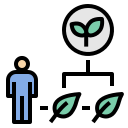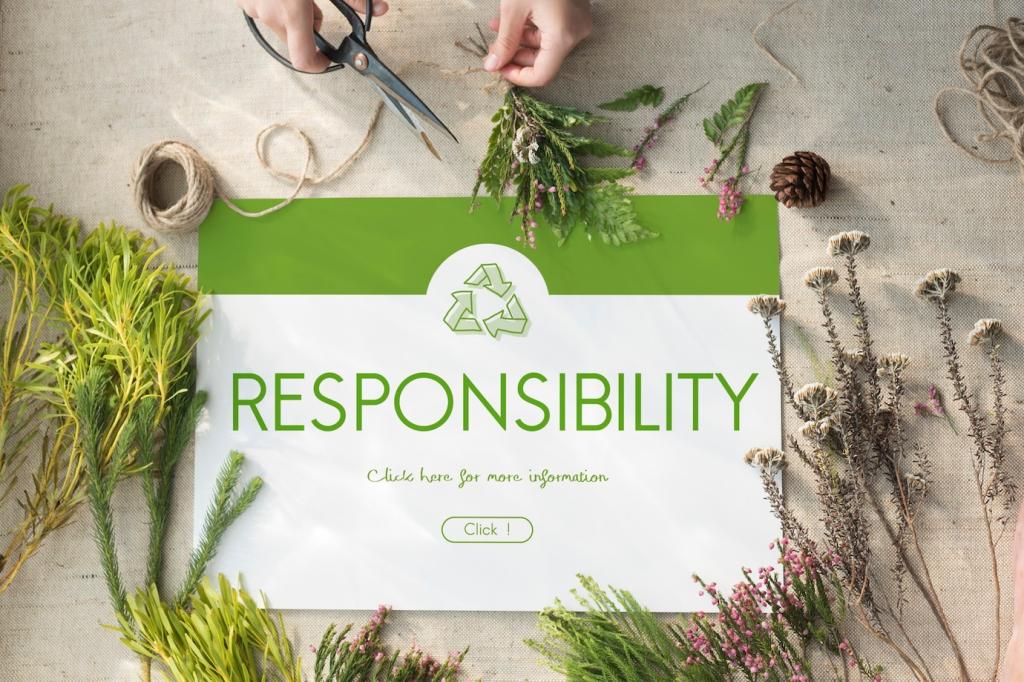Travel and Venue Strategies to Slash Emissions
Prioritize venues connected to rail, metro, and frequent buses, with hotels and dining within walking distance. Provide clear transit guides and incentives for low-carbon travel. Post your venue shortlist, and we’ll help evaluate access-driven emission savings.
Travel and Venue Strategies to Slash Emissions
Offer hybrid participation to reduce long-haul flights, and set thoughtful travel guidelines for speakers. Prioritize regional talent, rail over air where feasible, and group commitments into fewer trips. Ask us for sample speaker travel policies aligned with carbon goals.






